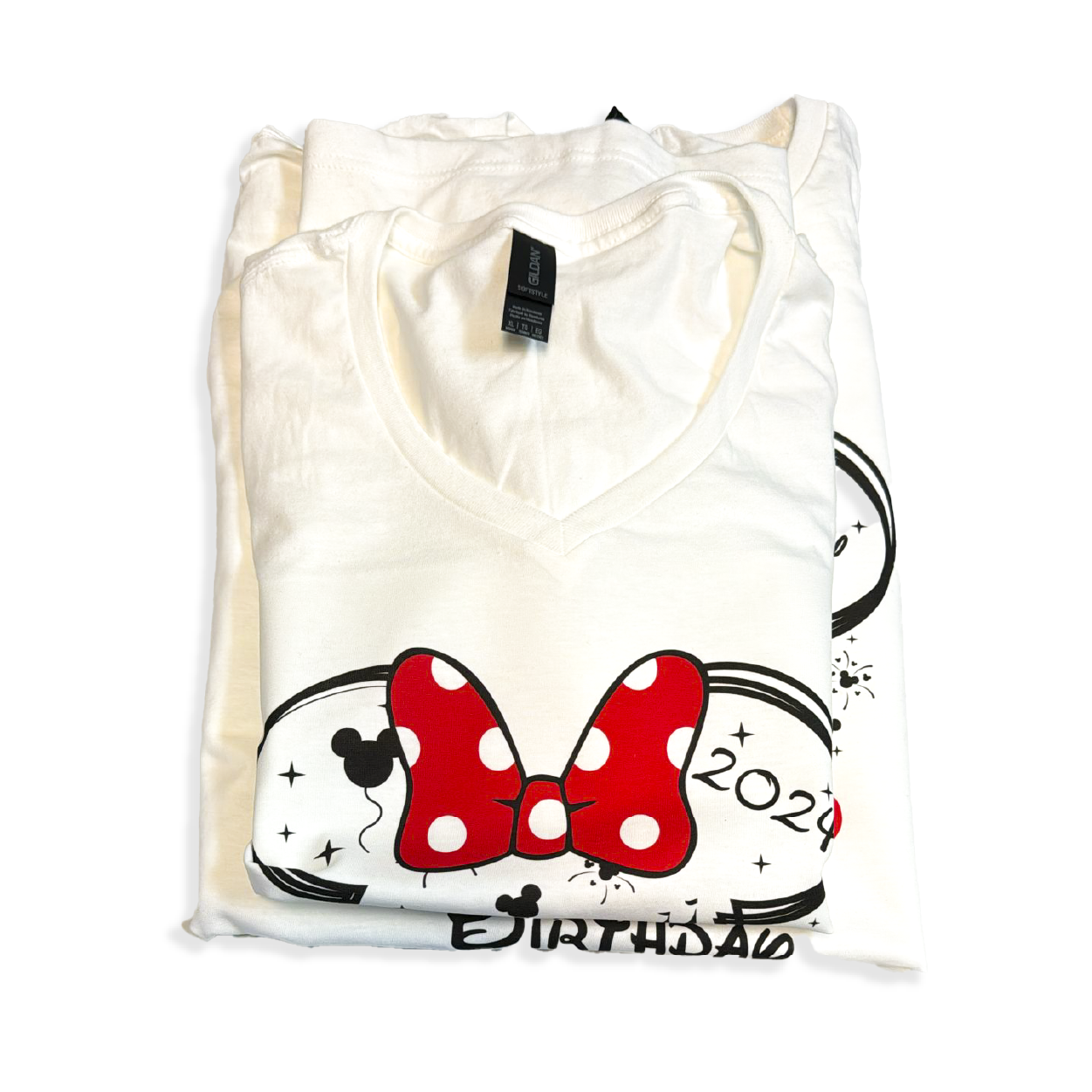What is Vinyl in Textiles?

Introduction
The use of vinyl in textile applications has grown significantly in recent years. This material offers a unique blend of durability, versatility, and cost-effectiveness, making it a favorite in various industries. But what exactly is vinyl in textiles, and why has it become so popular? Let’s dive into the world of vinyl and explore its various facets, from types and history to application methods and care.
Understanding Vinyl in Textiles
What is Vinyl?
The history of t-shirt printing dates back to ancient times when people used stencils and dyes to decorate fabrics. However, it wasn’t until the 20th century that t-shirt printing as we know it today began to take shape. The advent of screen printing in the 1960s revolutionized the industry, making it accessible and popular.
Types of Vinyl
There are two main types of vinyl used in textile applications: adhesive vinyl and heat transfer vinyl. Each type has its specific uses and application methods.
Adhesive Vinyl
Adhesive vinyl is used primarily for temporary applications. It comes with a sticky back and can be easily applied to and removed from surfaces. This type of vinyl is commonly used for window decals, wall decorations, and temporary signage.
Heat Transfer Vinyl
Heat Transfer Vinyl (HTV), also known as iron-on vinyl, is designed for more permanent applications. It requires heat and pressure to bond with the fabric. HTV is often used for creating custom t-shirts, bags, and other fabric items.
History and Evolution of Vinyl in Textiles
Early Uses of Vinyl
The use of vinyl dates back to the mid-20th century, initially used for industrial purposes. Its durability and flexibility made it ideal for various applications, including clothing and home furnishings.
Modern Applications
Today, vinyl is widely used in the fashion industry, home decor, and promotional products. Its versatility allows for a range of creative designs and practical uses, making it a staple in textile applications.
Advantages of Using Vinyl in Textiles
Durability
Vinyl is highly durable, making it an excellent choice for items that need to withstand wear and tear. Whether it’s a custom t-shirt or a promotional banner, vinyl-applied textiles are built to last.
Versatility
One of vinyl’s greatest strengths is its versatility. It can be cut into various shapes and designs, applied to different types of fabrics, and used for both temporary and permanent applications.
Cost-Effectiveness
Compared to other materials, vinyl is relatively inexpensive. This cost-effectiveness makes it accessible for both small businesses and large-scale operations, allowing for high-quality designs at a fraction of the cost.
How Vinyl is Applied to Textiles
Tools and Equipment Needed
To apply vinyl to textiles, you’ll need a few essential tools: a vinyl cutter, a weeding tool, transfer tape (for adhesive vinyl), or a heat press/iron (for HTV). These tools help ensure precise application and a professional finish.
Step-by-Step Application Process
Applying vinyl to textiles involves several steps, from preparing the vinyl to post-application care. Let’s break down the process for both adhesive and heat transfer vinyl.
Preparing the Vinyl
First, design your vinyl cut using software compatible with your vinyl cutter. Once your design is ready, load the vinyl into the cutter and proceed with cutting the design. For HTV, remember to mirror the design before cutting.
Applying the Vinyl to Fabric
For adhesive vinyl, use transfer tape to lift the cut design from the backing and place it onto the fabric. Smooth out any bubbles and ensure it adheres well. For HTV, position the vinyl on the fabric and use a heat press or iron to apply heat and pressure, bonding the vinyl to the fabric.
Post-Application Care
After applying the vinyl, it’s essential to follow specific care instructions to maintain its appearance and durability. Allow the vinyl to cool completely before handling, and avoid washing the item for at least 24 hours.
Common Uses of Vinyl in Textiles
Fashion Industry
The fashion industry has embraced vinyl for its ability to create unique and customizable designs. From graphic tees to personalized accessories, vinyl allows designers to experiment with various styles and trends.
Home Decor
Vinyl is also popular in home decor, used for creating custom pillows, wall art, and even upholstery. Its durability and variety of finishes make it a practical and stylish choice for home projects.
Promotional Products
Businesses use vinyl to create promotional products like branded apparel, tote bags, and banners. Vinyl’s cost-effectiveness and customization options make it ideal for marketing and promotional purposes.
Caring for Vinyl-Applied Textiles
Washing and Drying Tips
To extend the life of your vinyl-applied textiles, follow these washing and drying tips: wash the items inside out, use cold water, and avoid using bleach. When drying, opt for low heat or air drying to prevent the vinyl from peeling or cracking.
Ironing and Storage
If ironing is necessary, place a cloth between the iron and the vinyl to avoid direct heat. Store vinyl-applied items flat or rolled, rather than folded, to prevent creases that could damage the design.
Challenges and Limitations
Environmental Impact
One of the main challenges with vinyl is its environmental impact. PVC, the main component of vinyl, is not biodegradable and can contribute to environmental pollution. Exploring eco-friendly alternatives and recycling options is essential for reducing this impact.
Limitations in Design
While vinyl offers many design possibilities, it does have limitations. Intricate or very small designs can be challenging to cut and weed, and certain fabrics may not be suitable for vinyl application. It’s important to consider these factors when planning your projects.
Conclusion
Vinyl in textile applications offers a world of possibilities for both personal and professional projects. Its durability, versatility, and cost-effectiveness make it a popular choice in various industries. By understanding the different types of vinyl, application methods, and care instructions, you can create beautiful, long-lasting vinyl-applied textiles.
